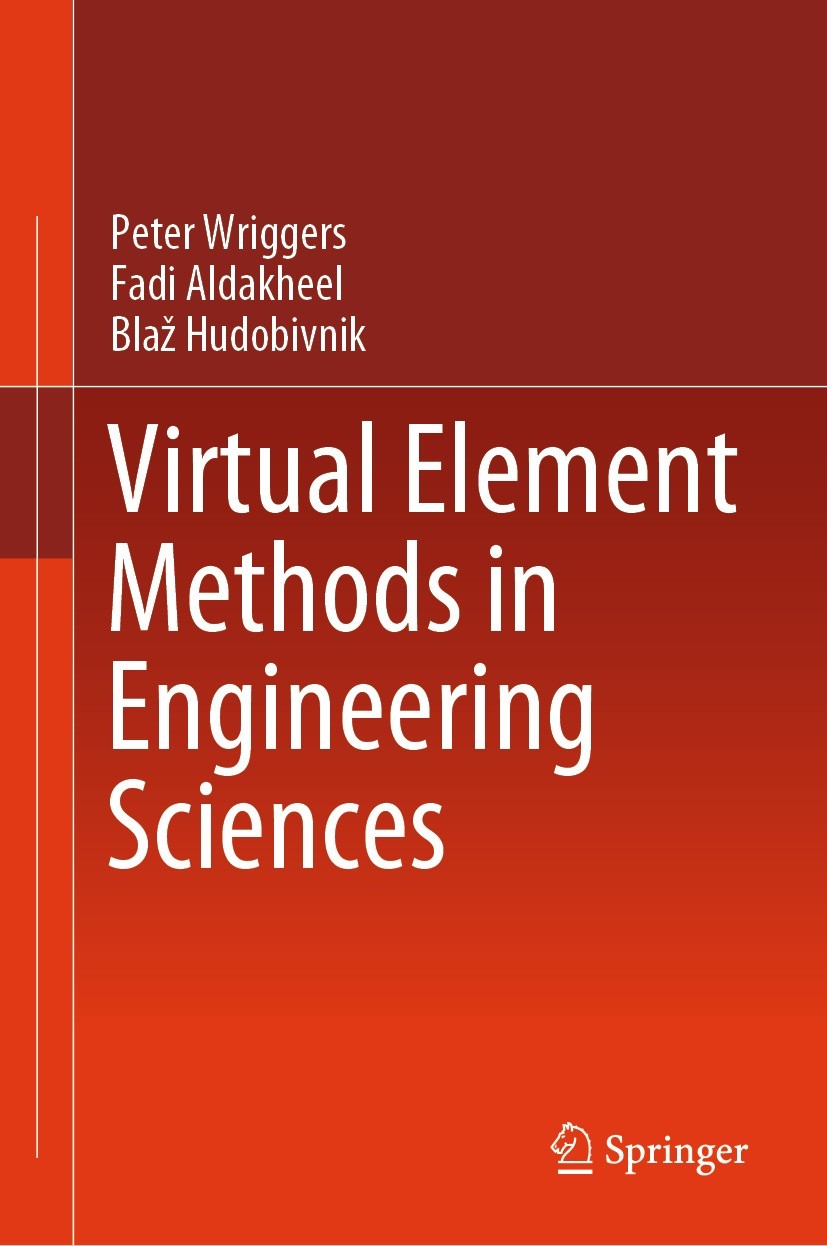| 书目名称 | Virtual Element Methods in Engineering Sciences | | 编辑 | Peter Wriggers,Fadi Aldakheel,Blaž Hudobivnik | | 视频video | http://file.papertrans.cn/984/983309/983309.mp4 | | 概述 | Presents the history and recent developments of virtual elements.Includes several examples for deeper understanding of the formulations and associated algorithms.Describes new mathematical method for | | 图书封面 |  | | 描述 | .This book provides a comprehensive treatment of the virtual element method (VEM) for engineering applications, focusing on its application in solid mechanics. Starting with a continuum mechanics background, the book establishes the necessary foundation for understanding the subsequent chapters. It then delves into the VEM‘s Ansatz functions and projection techniques, both for solids and the Poisson equation, which are fundamental to the method. The book explores the virtual element formulation for elasticity problems, offering insights into its advantages and capabilities. Moving beyond elasticity, the VEM is extended to problems in dynamics, enabling the analysis of dynamic systems with accuracy and efficiency. The book also covers the virtual element formulation for finite plasticity, providing a framework for simulating the behavior of materials undergoing plastic deformation. Furthermore, the VEM is applied to thermo-mechanical problems, where it allows for the investigation ofcoupled thermal and mechanical effects. The book dedicates a significant portion to the virtual elements for fracture processes, presenting techniques to model and analyze fractures in engineering struct | | 出版日期 | Book 2024 | | 关键词 | Virtual element + engineering; Virtual elements + solids; Continuum mechanics; VEM; Construction | | 版次 | 1 | | doi | https://doi.org/10.1007/978-3-031-39255-9 | | isbn_softcover | 978-3-031-39257-3 | | isbn_ebook | 978-3-031-39255-9 | | copyright | The Editor(s) (if applicable) and The Author(s), under exclusive license to Springer Nature Switzerl |
The information of publication is updating

|
|
 |Archiver|手机版|小黑屋|
派博传思国际
( 京公网安备110108008328)
GMT+8, 2025-12-28 22:46
|Archiver|手机版|小黑屋|
派博传思国际
( 京公网安备110108008328)
GMT+8, 2025-12-28 22:46


